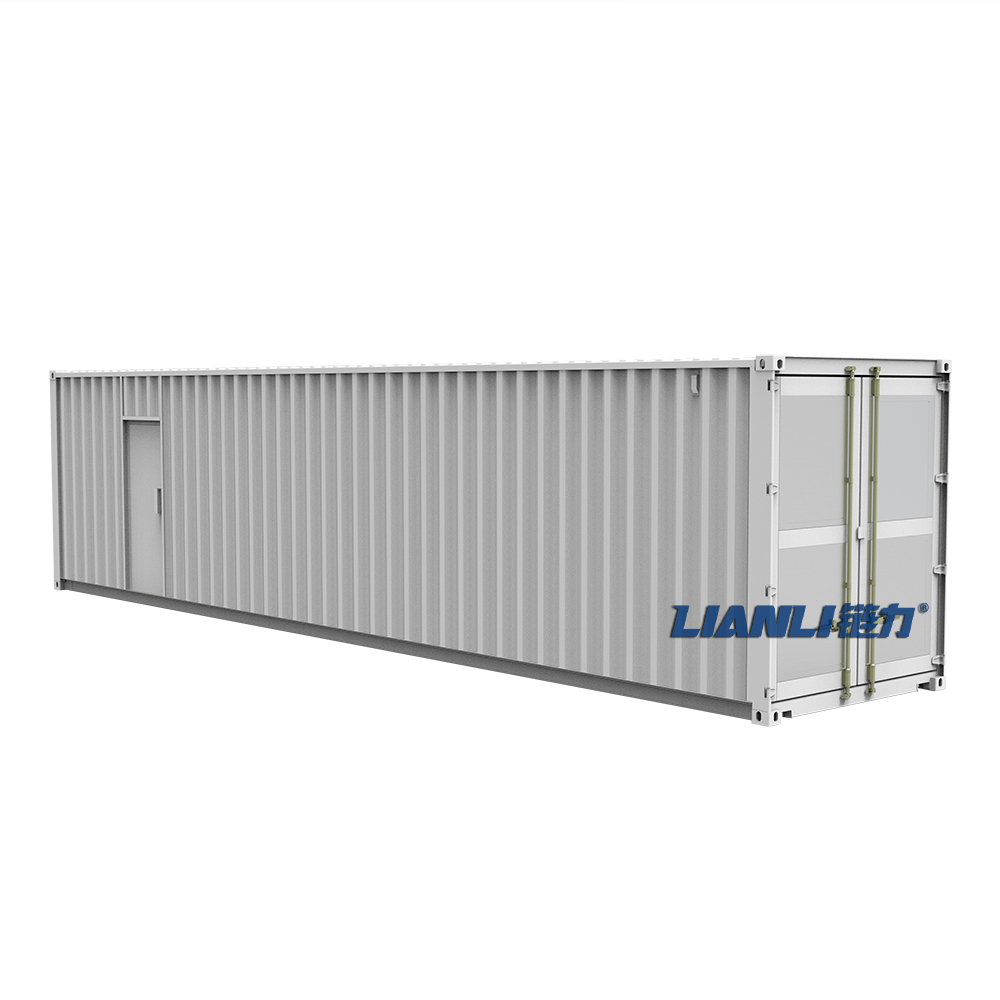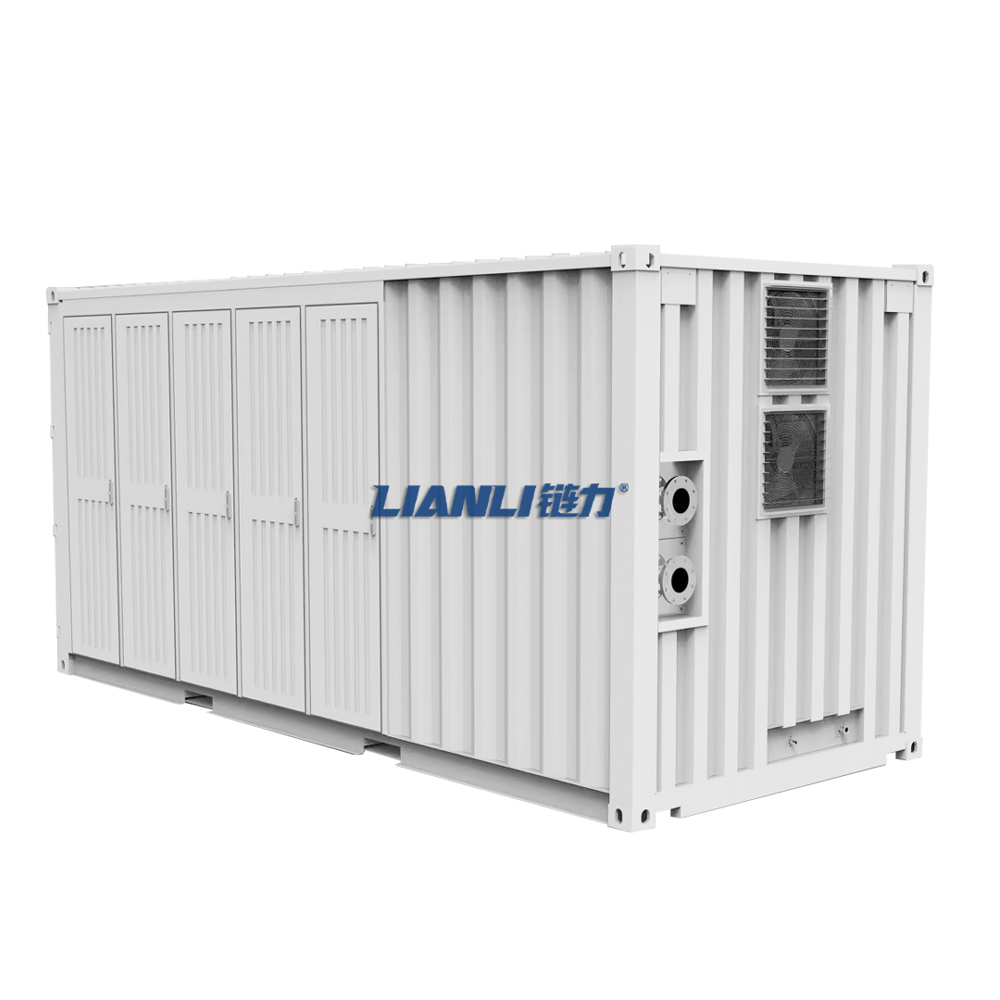200-Slot Container vs 480-Slot Container: Capacity and Flexibility .Comparison



In the ever-evolving world of data centers and edge computing, modular infrastructure solutions have become increasingly popular. Among these, containerized data centers offer scalable, efficient, and relocatable computing power. Two commonly used configurations are the 200-slot container and the 480-slot container. This article will compare these two models in terms of capacity, flexibility, deployment scenarios, and cost efficiency.
Capacity: A Clear Difference
The most obvious difference between the 200-slot and 480-slot containers lies in their capacity. As the names suggest, the 200-slot container can accommodate up to 200 server units (or similar devices), while the 480-slot version can house nearly two and a half times as many—up to 480 units.
This significant disparity in capacity makes the 480-slot container more suitable for large-scale operations that require high-density computing, such as cloud service providers, AI training clusters, or big data processing centers. On the other hand, the 200-slot container is often sufficient for smaller deployments, such as edge computing nodes or regional data centers with limited space and lower processing demands.
Flexibility: Matching the Right Container to the Use Case
Flexibility refers to how easily a container can be deployed, scaled, and relocated. In this aspect, the 200-slot container often has the upper hand.
Due to its smaller size and lighter weight, the 200-slot container is easier to transport and deploy in remote or space-constrained locations. It also allows for more modular scaling—meaning organizations can deploy multiple 200-slot containers across different sites rather than relying on one large unit.
Conversely, the 480-slot container, while offering higher capacity, is typically more rigid in deployment. It requires more infrastructure support, such as stronger foundations, better cooling systems, and more robust power supply. Relocating such a large unit can also be logistically challenging.
Deployment Scenarios: Where Each Excels
The 200-slot container is ideal for edge computing environments where low latency and localized data processing are critical. Examples include smart cities, manufacturing plants, and remote field operations.
The 480-slot container, on the other hand, is better suited for centralized data centers, hyperscale cloud providers, or high-performance computing (HPC) clusters. It offers a higher return on investment in environments where maximum processing power is needed in a single, integrated unit.
Cost Efficiency: Balancing Budget and Performance
Cost is always a crucial factor. The 200-slot container is generally more affordable upfront and allows for incremental scaling, which can help organizations manage budget constraints.
The 480-slot container, while more expensive initially, can offer better long-term value for large-scale deployments by reducing the need for multiple units and associated infrastructure. However, it also demands higher operational costs due to increased power consumption and cooling requirements.
Conclusion: Choosing the Right Container for Your Needs
In summary, the choice between a 200-slot and a 480-slot container depends on your specific requirements. If you need high capacity in a centralized environment, the 480-slot container is the better option. However, if flexibility, portability, and incremental scaling are more important, the 200-slot container may be the smarter choice.
Understanding your operational goals, infrastructure capabilities, and future growth plans will help you make the most informed decision when selecting between these two containerized solutions.


 In the ever-evolving world of data centers and edge computing, modular infrastructure solutions have become increasingly popular. Among these, containerized data centers offer scalable, efficient, and relocatable computing power. Two commonly used configurations are the 200-slot container and the 480-slot container. This article will compare these two models in terms of capacity, flexibility, deployment scenarios, and cost efficiency.
In the ever-evolving world of data centers and edge computing, modular infrastructure solutions have become increasingly popular. Among these, containerized data centers offer scalable, efficient, and relocatable computing power. Two commonly used configurations are the 200-slot container and the 480-slot container. This article will compare these two models in terms of capacity, flexibility, deployment scenarios, and cost efficiency.


 In the ever-evolving world of data centers and edge computing, modular infrastructure solutions have become increasingly popular. Among these, containerized data centers offer scalable, efficient, and relocatable computing power. Two commonly used configurations are the 200-slot container and the 480-slot container. This article will compare these two models in terms of capacity, flexibility, deployment scenarios, and cost efficiency.
In the ever-evolving world of data centers and edge computing, modular infrastructure solutions have become increasingly popular. Among these, containerized data centers offer scalable, efficient, and relocatable computing power. Two commonly used configurations are the 200-slot container and the 480-slot container. This article will compare these two models in terms of capacity, flexibility, deployment scenarios, and cost efficiency.





